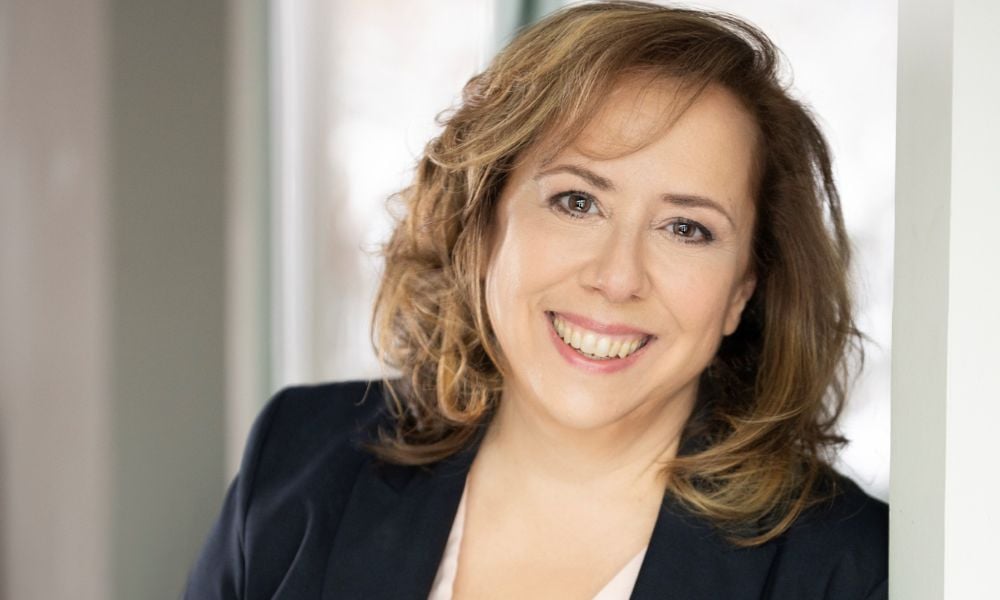
MUFG's head of global talent on defining 'frozen middle'

For Donna Valiquette, her career has taken her through the many spans and layers of the HR function. Now, as Head of Global Talent & Learning at financial group MUFG, she says that it’s the global aspect of her role that makes her day to day job so fulfilling.
“The idea of affecting people and bringing talent and learning into a consistent approach across multiple countries is not only challenging but gets to the heart of what talent and learning are about," she tells HRD.
“When it comes down to it, we're actually in the people business. So when you think about it from that perspective, developing our talent is a critical component to our success.”
And it’s this people-centric view that’s defined Valiquette’s career path – especially where business success and community impact are concerned.
READ MORE: People first, AI second: Leveraging new tech with people-centric approach
“It's the development of our people that ultimately improves value to our clients, shareholders and stakeholders," she tells HRD. “That's what has shaped me and my career progression.”
But it’s not a task that can be completed alone. As Valiquette tells HRD, middle management, often referred to as the "magic middle" or "frozen middle," plays a pivotal role in an organization’s success.
"If I've been influenced by anything in my career, it’s the understanding that what really moves an organization is when you've got engagement at the middle level,” she explains. “It’s important for senior management to set the tone from the top, because top-down messages are critical. But what really moves your organization to where you want it to go are those middle managers. If they’re buying in and bringing those senior management messages to life, everyone in the organization benefits. It's really about developing a whole systematic approach to learning, and creating the momentum which leads to strong execution of your organization’s strategy.”
Adding another layer of complexity to this strategy is MUFG’s global presence, operating in 50 countries – bringing with it cultural differences and varying regulatory and legal requirements.
"Our organization has had a healthy matrix of learning, but it's been very regionalized," explains Valiquette. “What we've discovered is that while we have different cultures in different places, and of course we have to pay special attention to that, we want our leaders to share a common purpose and vision. Despite these differences, leadership around the world is centred on the fundamentals of trust, creating engagement, clarity and momentum.”
Valiquette highlights that the challenge lies in acknowledging and integrating these cultural nuances while driving towards a unified direction.
READ MORE: 'It's a sham': Customer relationship officer challenges redundancy
“For instance, in Asia, leadership often involves consensus building, aligning all stakeholders before making decisions," she tells HRD. “From an Americas perspective, it's about being more direct and decisive.”
The strategy that will enable the best success involves understanding and respecting these cultural differences while finding common ground to execute leadership initiatives effectively.
“We've been concentrating on integrating our purpose and values to strengthen our leadership globally," adds Valiquette. “Bringing together diverse perspectives and listening to each other enables us to use our differences to create a solid foundation of leaders around the world.”
A significant achievement for Valiquette and her team has also been securing a human capital investment in their leadership programs.
“In the last year, our Tokyo leadership committed to a human capital investment in all of our leadership and talent programs across the regions,” she explains. " While many organizations are scaling back, our company has increased our investment in learning and development, recognizing the critical importance of growing our talent and fostering continuous improvement. This commitment highlights our dedication to innovation and growth, positioning us to better prepare our workforce for the challenges and opportunities ahead.”